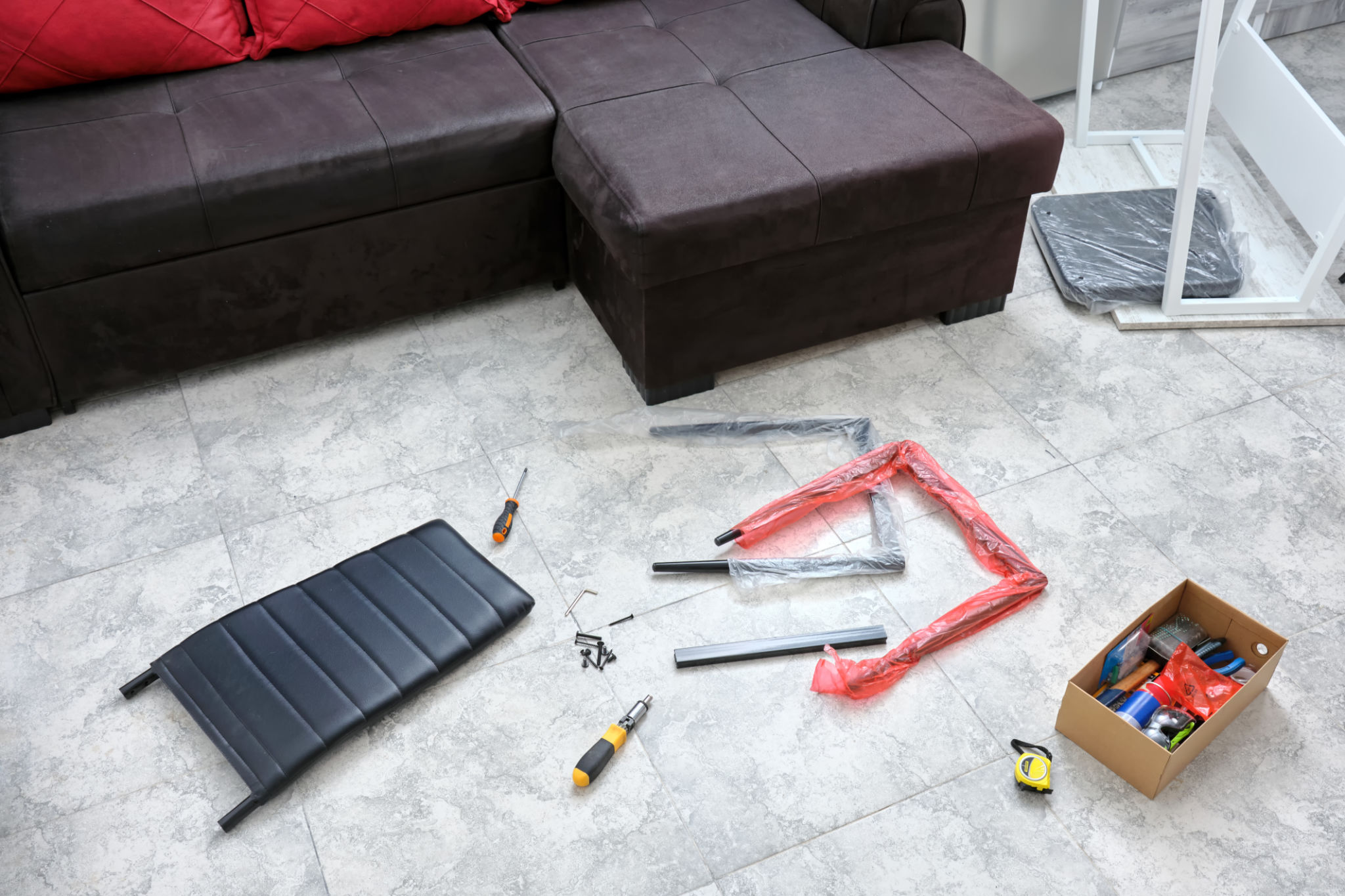Expert Tips for Moving Large Furniture Safely and Efficiently
Preparation Is Key
Moving large furniture can be daunting, but with proper preparation, the task becomes much more manageable. Before anything else, take the time to measure both your furniture and the doorways, hallways, and staircases it will pass through. Knowing these dimensions will help you determine the best way to maneuver each piece, ensuring a smoother transition from one location to another.
Next, gather the necessary equipment. Having the right tools on hand can make all the difference. Consider renting or purchasing items such as furniture dollies, moving straps, and sliders. These tools help distribute weight more evenly and can significantly reduce the physical strain on your body.

Disassemble When Possible
One of the most effective ways to make moving large furniture easier is to disassemble it whenever possible. Removing legs from tables, detaching headboards from beds, or taking apart modular sofas can significantly reduce their size and weight, making them more manageable to transport. Always keep track of screws and small parts by placing them in labeled bags.
If the furniture cannot be disassembled, consider wrapping it in protective materials such as moving blankets or bubble wrap. This precaution helps prevent scratches and dents during transit and protects doorways and walls from accidental damage.

Use Proper Lifting Techniques
When lifting heavy furniture, it's crucial to use correct techniques to avoid injury. Bend at your knees, not your waist, and keep the item close to your body as you lift. Engage your core muscles for added support and avoid twisting your body while carrying heavy loads. If an item is too heavy for one person, don't hesitate to ask for help.
Utilize moving straps for additional support. These adjustable straps take some of the weight off your back and arms, allowing for a more ergonomic lift. They also provide better leverage, making it easier to navigate tight spaces.
Plan Your Route
Before you start moving any large items, plan your route carefully. Clear any obstacles that might be in the way and ensure that doors are propped open or removed if necessary. This preparation minimizes delays and reduces the risk of accidents or damage.
Consider enlisting the help of friends or family members to guide you through tricky spots, such as corners or staircases. Having an extra set of eyes can prevent mishaps and facilitate better communication.

Use Furniture Sliders
Furniture sliders are a simple yet effective tool for moving heavy items across floors without scratching them. Place these small discs under each corner of the furniture piece to glide it smoothly across surfaces like hardwood or carpet. This technique reduces friction, making it easier to push or pull large items without exerting excessive force.
Sliders come in various sizes and materials to suit different flooring types, so choose the appropriate ones for your needs. They are especially beneficial when working in tight spaces where lifting isn't feasible.
Secure Items In Transit
Once you've successfully moved your furniture out of the house, ensuring that everything is secure during transportation is vital. Use ropes or bungee cords to tie down large pieces in the moving vehicle, preventing them from shifting during transit. Properly securing your load not only protects your furniture but also ensures safety on the road.
Additionally, place heavier items on the floor of the moving vehicle and lighter items on top to maintain balance and stability throughout the journey.

Take Breaks and Stay Hydrated
Moving large furniture is physically demanding work, so it's essential to take regular breaks and stay hydrated. Pacing yourself helps maintain energy levels and reduces the risk of overexertion. Taking short breaks also provides an opportunity to reassess your strategy and make necessary adjustments.
Remember that asking for assistance is not a sign of weakness but a smart way to ensure your move is as efficient and safe as possible.